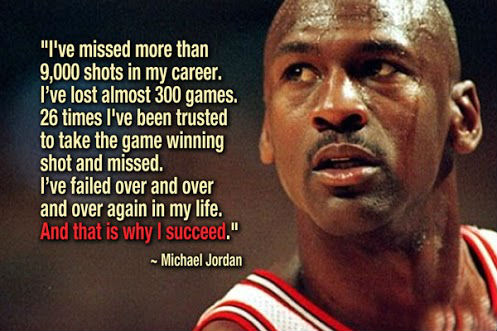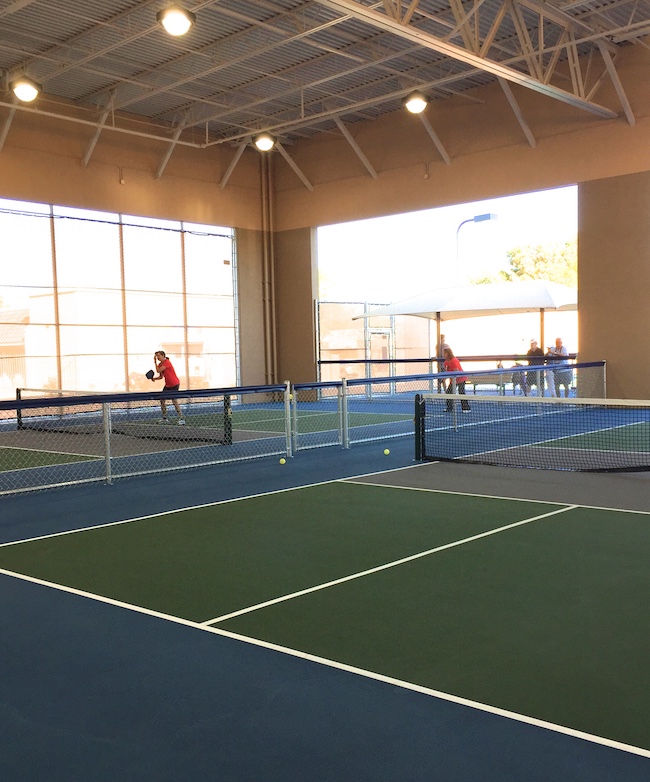Help
– Would you be willing to help? I would like to write a post about Pickleball Pet Peeves. If you would be so kind as to send your most annoying Pickleball Pet Peeves to me at info@jbrish.com, I will write a post about them in the near future! Thank you for that!
The other day I was on the Pickleball court and the match was going along well for our team when it suddenly took a turn and we lost a large lead. At that point, my partner missed a shot off of a great return. He looked at me and said: “I should have gotten that.”
Well, maybe yes and maybe no. There are times when the opposing team makes a very good or excellent shot and it proves to be a winner. On those occasions, I just admit to myself that they did best and won the point. Should I/we “have gotten that shot?”
Nobody wins all the points in a Pickleball match (at least not often). It is that Michael Jordan quote in action:

Quote Via
Even someone as great as Michael Jordan doesn’t make every shot or win every point. There are some times when you just can’t “get that shot” because it is too good.
When I play with someone and they miss a shot, I don’t expect them to say “sorry.” I don’t get agitated or upset. There is no sorry. I understand they are doing the best they can and I accept that a missed shot is a missed shot and let’s move on. I miss my share, and some would say more than my share, of shots too.
In our Pickleball group, I would guess that about 10% of the people are out there just to have fun and get exercise; win or lose. Another 80% are very competitive and want to win as many matches as they can and they put a lot of effort into the game. Perhaps the last 10% are ultra competitive and exert the most effort to win every point and take each point very seriously.
Of course we all like to win, but the best athletes in the world no matter what their sport, can’t win all of the time.
For me, and I believe many others, the enjoyment of playing Pickleball is when you never have to say you’re sorry. What do you think?


